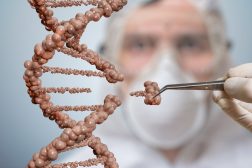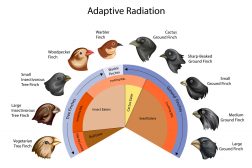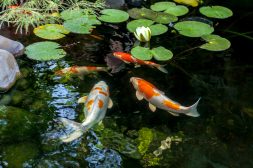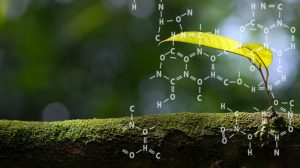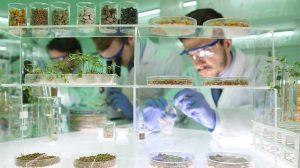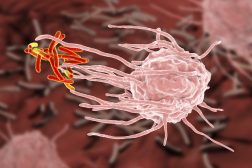Definition
noun, plural: pinealocytes
The major cell type component of the pineal gland, and is involved in the production of melatonin
Supplement
The pineal gland is a small endocrine gland. It resembles a pinecone in terms of shape (thus, the name). In humans, it is reddish-gray in color and about 5 to 8 mm in size. It is comprised mainly of pinealocytes, neuronal-like peptidergic cells, pineal neurons, perivascular phagocytes, and interstitial cells. The pinealocyte is a cell body with 4 to 6 processes. Its main function is to secrete melatonin. Melatonin is a hormone involved in the regulation of biorhythms, colour changes in the skin of reptiles, and reproductive cycles in mammals.
There are two types of pinealocytes: (1) type 1 pinealocytes and (2) type 2 pinealocytes. The type 1 pinealocytes (also called as light pinealocytes) are round or oval in shape. Their diameter ranges from 7 to 11 μm. They are typically more numerous in number and also the more active than type 2. The type 2 pinealocytes (also called as dark pinealocytes) appear round, oval, or elongated. Their diameter is about 7 to 11.2 μm. 1
Histologically, the pinealocytes are stained using silver impregnation techniques. They would appear as cells with elongated and branched cytoplasmic processes. The type 1 pinealocytes appear light whereas the type 2 appear dark under a light microscope.
See also:
Reference(s):
1 Al-Hussain, S. M (2006). “The Pinealocytes of the Human Pineal Gland: A Light and Electron Microscopic Study”. Folia Morphologica. 65 (3): 181–87.

